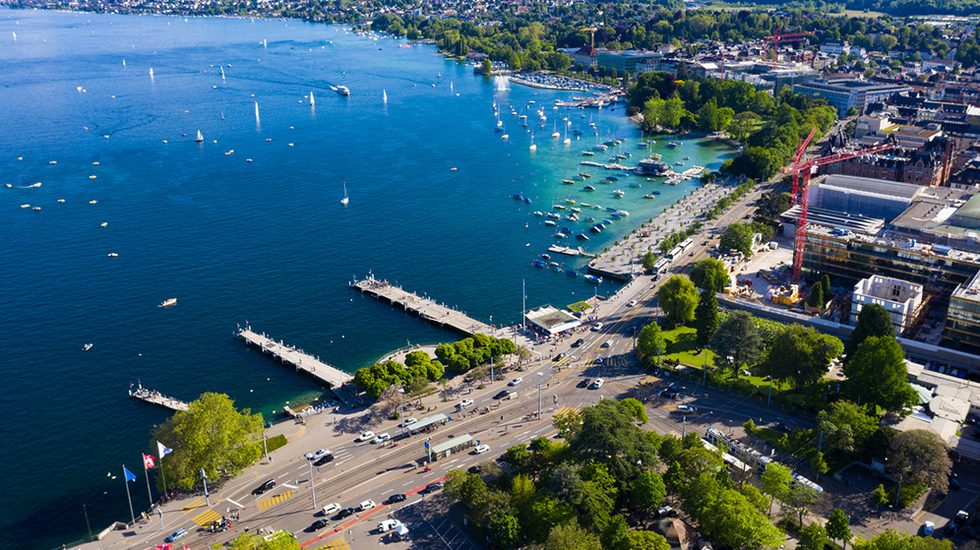The value of public space
September 6, 2022

Many scientific studies have proven that high-quality public spaces are of great importance to society and ecology. They contribute significantly to the quality of life in cities and are a reflection of urban identity. In their simplest form, they are places that are freely accessible to all, that can be used collectively without being forced to consume, and where public life takes place. The empirical study mentioned below analyzes the economic added value of public space. Are residents willing to pay higher rents for apartments close to attractive public spaces? Well-founded answers to this question have great significance because a better understanding of the economic added value of public spaces allows for more targeted investments. Further, it enables a more conscious development of public spaces.

A strong willingness to pay for high-quality public space
A new empirical study has demonstrated that high-quality public space also impacts economic efficiency. The analysis shows a significant positive correlation between the existence of a public recreation space near rental housing and the corresponding rents paid for those units. Moreover, the higher the price difference, the better the quality of the public space. The effect is greatest in large cities: Here, proximity to parks, squares, and other well-rated recreational spaces can increase willingness to pay by up to 12 percent in comparison to similar apartments that do not have any attractive public space nearby. The effect decreases in cities that are smaller. This is not surprising since recreational spaces are usually available there in large numbers and can be easily reached.
Broader consideration of the generated added values is needed
The quality of public space has direct consequences on its surroundings. However, little attention is still paid to this context when analyzing the profitability of real estate valuations. Investments in public space are only reflected on the cost side and can therefore only be justified strategically to a limited extent. With better integration of public-space-generated values into the profitability analysis of real estate, these investments can be made more plausible and subsequently used strategically.
Outlook – putting the next pieces of the puzzle together
The results of the study can be seen as the first piece of the puzzle, to which others must be added. The study indicates the high value of public space that people are willing to pay more for. In its conclusion, further questions are raised. For example, do people also stay longer in apartments close to high-quality public space, or is there more frequent tenant turnover due to the resulting increased activity and associated noise? What impact does a high-quality space have on offices, which are increasingly transforming from workspaces to living spaces, as exemplified by Google Neighborhoods? How much do retail spaces benefit from high-quality public space?
Further analysis can help to better quantify the value of public space. In order to collect the relevant data and information for this purpose, various survey methods are possible (e.g. interviews, observations, modeling, etc.). The focus is on the still scarcely available data regarding how public spaces in large Swiss cities are qualitatively assessed by the population. A better understanding of the quality of public spaces forms the basis for identifying the actions needed to upgrade them. This process should be accompanied by a discussion concerning the distribution of the generated costs and the added values between the owners and the public sector.
It is time to lay down the next piece of the puzzle. Join us in assembling it!
Note: Further information
The detailed study with the analyses and a definition of the public space types can be found in the Immo-Monitoring Summer Update.